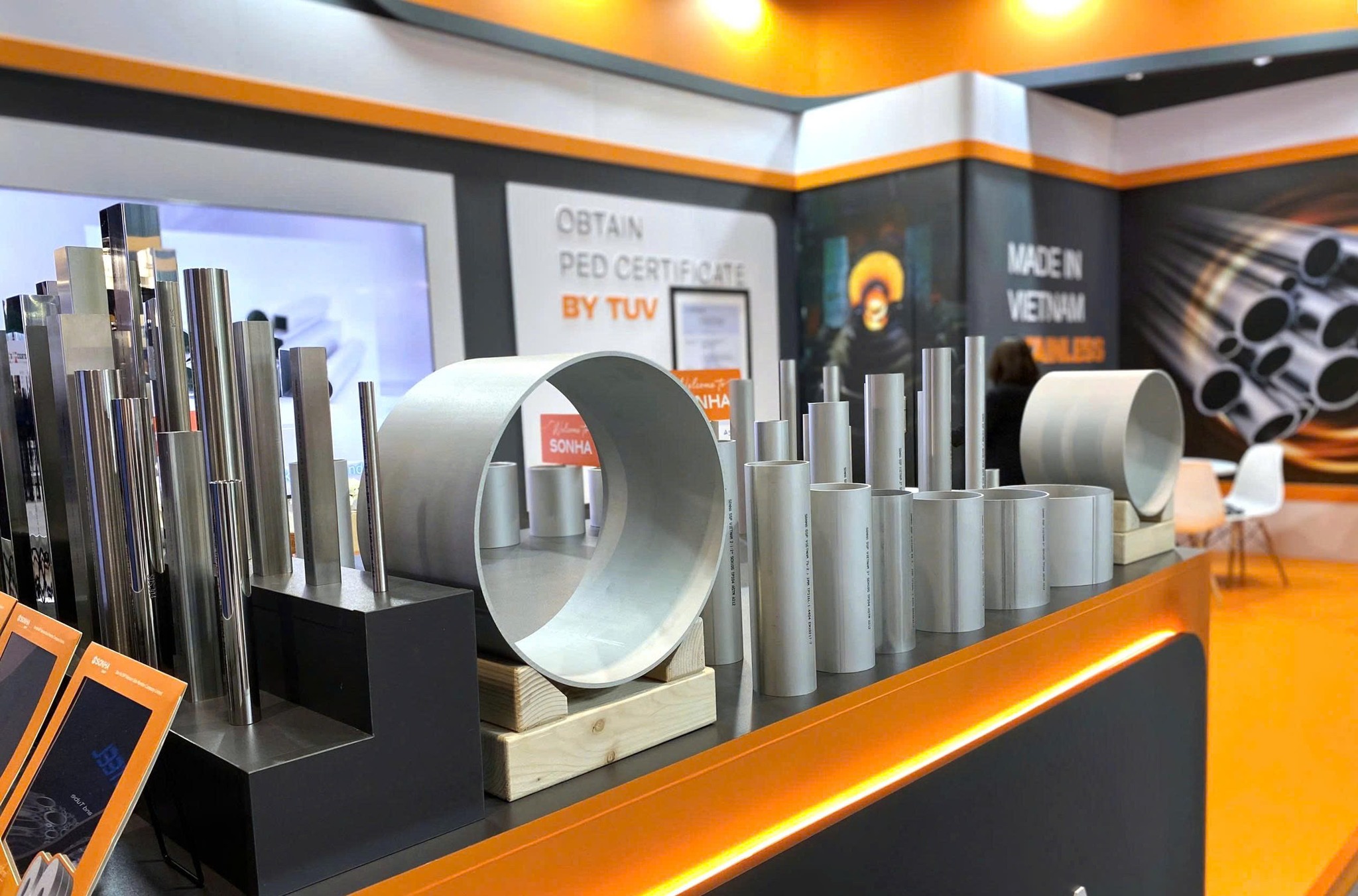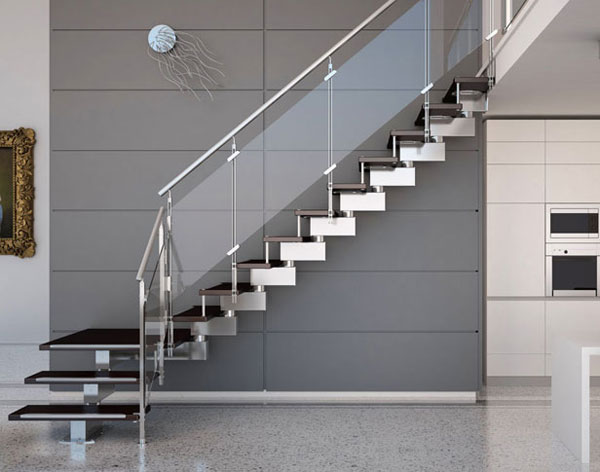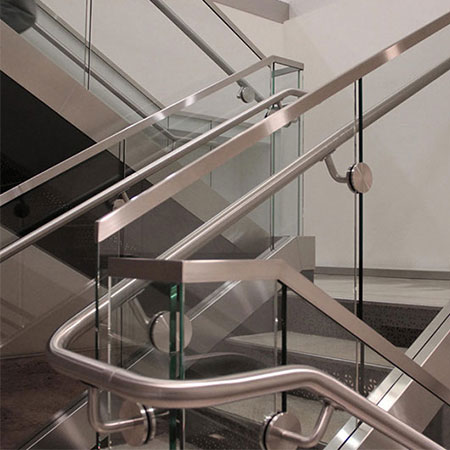How Rigorous is the Production Process of Son Ha SSP Stainless Steel Pipes?
The quality and stringent production process of Son Ha SSP stainless steel pipes have solidified their strong market position. Son Ha SSP has achieved this by investing in modern technology and applying strict international standards at every production stage. So, how rigorous is the production process of Son Ha SSP stainless steel pipes? Let’s delve into the details in this article.
I. The 12-Step Production Process of Son Ha SSP Stainless Steel Pipes
Step 1: Importing Raw Materials
The production process of Son Ha SSP stainless steel pipes begins with the importation of internationally certified raw materials from reputable suppliers.
The input materials are meticulously selected to meet the strictest standards. Upon importation, these materials are stored in the warehouse, and their information is recorded in a modern warehouse management system.
This process ensures that each batch of raw materials is strictly controlled from origin to quality, contributing to the creation of durable and reliable Sơn Hà SSP stainless steel pipes.

Step 2: Raw Material Inspection
After importation, raw materials undergo rigorous inspection. Initially, samples are analyzed for their chemical composition using a spectrometer to identify the exact elements present.
Next, the mechanical properties, such as tensile strength, ductility, and hardness, are tested to assess the material’s strength and flexibility. Additionally, the surface appearance of the raw materials is inspected to detect any defects that could affect the quality of the final product. Only materials that meet all these stringent standards are approved for the next production stage.

Step 3: Strip Rolling
After inspection, the raw material coils are processed through strip rolling. This step produces thinner strips suitable for production needs. The strip rolling process achieves strips with a thickness of up to 0.3mm with high precision, maintaining an error margin of only ±0.02mm.
This stage not only ensures accurate thickness but also optimizes uniformity and surface quality of the stainless steel. Consequently, the final product meets high standards for size and shape.

Step 4: Strip Annealing
The strip rolling process disrupts the molecular structure of stainless steel, causing it to lose some essential mechanical properties. To restore these properties, the material undergoes annealing, a critical phase in stainless steel pipe production.
The material is heated in an annealing furnace to approximately 1000°C. This high-temperature treatment restores the stability of the metal’s molecular structure, enhancing its inherent mechanical properties, especially ductility and strength.
After heating, the material is air-cooled and then hardness-checked to ensure it meets quality standards before proceeding to the next processing stages.

Step 5: Slitting
After annealing, the material moves to the slitting stage to create strips of the appropriate size for producing various types of stainless steel pipes.
The slitting process demands high precision to ensure that the strips are uniformly sized with smooth surfaces. Precision in this step is crucial, as it ensures the seamless flow of the subsequent pipe-forming process and contributes to the final product’s quality and aesthetic appeal.

Step 6: Pipe Forming
After slitting, the material strips are fed into a pipe forming machine to create the tubular shape. The edges of the formed pipe are then welded shut using TIG (Tungsten Inert Gas) or MIG (Metal Inert Gas) welding techniques to ensure strong, durable seams.
The welding process is meticulously controlled to prevent cracks or pores in the welds. Post-welding, the joints are thoroughly cleaned to remove impurities and ensure a smooth, uniform surface matching the rest of the pipe. The entire pipe forming process is closely monitored by skilled technicians to ensure each stainless steel pipe meets precise shape and surface quality standards.

Step 7: Pipe Straightening
During the straightening process, the round stainless steel pipes are shaped according to the required specifications: round, square, or rectangular. The pipes are then cut to the desired lengths with high precision. Each pipe undergoes a thorough inspection for surface appearance, thickness, and length to ensure consistent quality standards.

Step 8: Polishing
Polishing the surface is a crucial step to ensure the aesthetics and quality of the product. The stainless steel pipes are processed through modern polishing machines, which smooth the surface and create an impressive shine.
This process not only provides a beautiful appearance but also removes scratches and minor surface defects. After polishing, the pipes are thoroughly inspected to assess their glossiness, smoothness, and to ensure there are no remaining scratches or dents.
Polishing is applied to decorative stainless steel pipes, delivering a flawless appearance suitable for high-aesthetic applications such as railings, staircases, and roller shutters.

Step 9: Solution Annealing
The stainless steel pipes undergo solution annealing in a high-frequency furnace, where the temperature is increased to 1040 degrees Celsius. This process restores the microstructure of the stainless steel, enhancing its mechanical properties and ensuring material stability.
When the temperature is sufficiently high, the pipes are rapidly cooled with water to prevent the formation of oxide layers. After cooling, the pipes are inspected for color to ensure there are no burn marks or any defects.

Step 10: Cleaning
In this step, the stainless steel pipes are immersed in an acid bath to remove stubborn residues and create a shiny surface. Afterwards, the pipes are thoroughly cleaned with high-pressure water to ensure all acid residues and impurities are completely washed away.
Step 11: Pressure Testing
After the manufacturing process, each stainless steel pipe undergoes pressure testing to ensure its strength and durability. The pipes are placed in a pressure testing machine, where pistons seal both ends and air is pumped inside at pressures ranging from 100 to 300 Kpa, depending on the pipe type. The pipe is then submerged in water to check for any air bubbles, indicating leaks. If bubbles are detected, the pipe does not meet quality standards and needs reprocessing.
This stringent pressure testing process helps identify and eliminate defective products.

Step 12: Marking, Packaging, and Warehousing
The finished stainless steel pipes that meet quality standards are precisely packaged according to each order’s specifications. After packaging, these products are stored in the warehouse, ready to be delivered to customers.
2. Frequently Asked Questions
What types of stainless steel pipes does Sơn Hà SSP offer?
Son Ha SSP provides a variety of stainless steel pipes, including:
- Industrial Pipes and Tubes: Manufactured with modern technology, these pipes meet stringent standards like PED certification from Germany’s TUV, making them suitable for heavy industrial use such as oil rigs, factories, and skyscrapers.
- Decorative Pipes and Tubes: Produced with cutting-edge technology, these pipes are easy to bend and process, have high rust resistance, and offer a deep shine up to 600 Grit. They are ideal for interior and exterior decoration, including household items and architectural elements.
- Cold Rolled Coils: Known for their high corrosion resistance, good heat tolerance, and flexibility, these coils are extensively used in industries like chemical processing, oil and gas, and shipbuilding.
How does Son Ha SSP ensure the quality of their stainless steel pipes?
Quality control at Son Ha SSP is stringent throughout the production process. Raw materials undergo thorough checks, including chemical composition analysis and mechanical property testing. Finished pipes are tested for eddy currents, pressure, and submerged in water to detect any defects, ensuring the highest quality and durability.
What standards do Sơn Hà SSP’s stainless steel pipes adhere to?
Son Ha SSP’s pipes comply with several international standards:
- Industrial Pipes: ASTM A312, ASTM A778, JIS G3459, DIN EN 10217-7.
- Decorative Pipes: ASTM A554, DIN EN 10296-2, JIS G3448.
By complying with these international standards, Son Ha SSP stainless steel pipes not only bring peace of mind about quality but also contribute to improving the value and aesthetics of projects.
Why choose Sơn Hà SSP as your stainless steel pipe supplier?
- Reputation: With over 20 years of experience, √ SSP is a trusted manufacturer known for high-quality products and excellent customer service.
- Quality: Pipes are manufactured with precision and durability using modern technology.
- Competitive Pricing: Offers the most competitive prices, with discounts for bulk orders.
- Professional Service: Knowledgeable staff provides expert advice to help customers choose the right products.
For orders, visit our Website: sonhassp.com or call the hotline at 1800 6566 for assistance from experienced consultants.
Next latest post

Son Ha SSP Vietnam Shines at the World Stainless Steel Conference & Exhibition 2025 – Netherlands

Overview of Corrosion-Resistance Standards for Stainless Steel Welded Pipes

Stainless Steel Welded Decorative Pipes for Luxurious Interior Design







